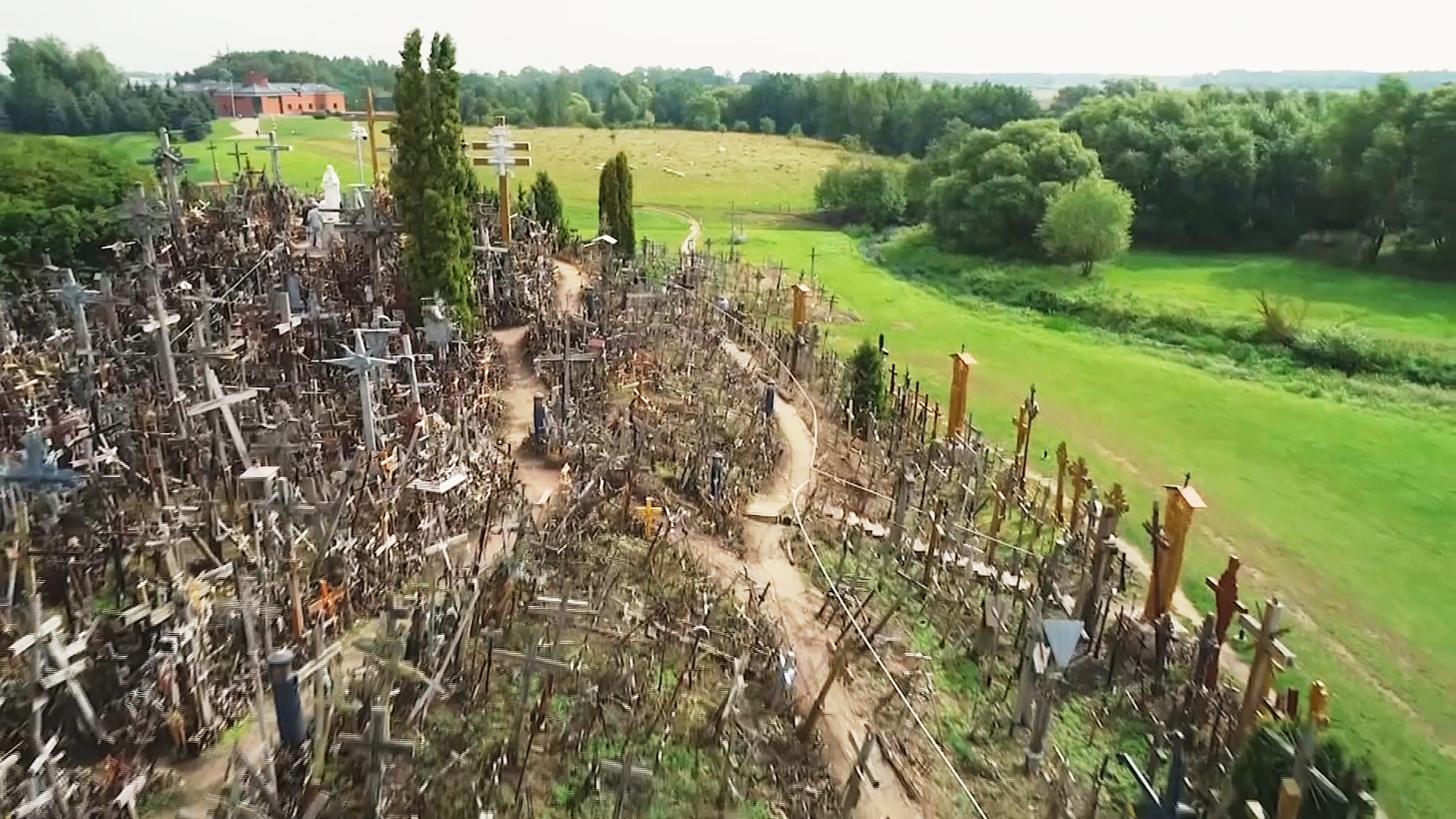Lithuania: More than two lakh crosses erected on a hill in the Lithuanian countryside is serving as a retreat for locals and visitors looking for inner peace. The pilgrimage site carries a complex history and has become a symbol of defiance after surviving several attempts at its obliteration.
Crosses of all sizes have been set up on the hill. The first was put up back in 1863 when Russia under Tsar Alexander II, put down a Lithuanian rebellion and executed its leaders.
The number of crosses grew fast, despite several attempts over the years to destroy the site.
In Soviet times, the communist party bulldozed the area on several occasions, but each time it returned and grew bigger and higher.
An attempt to destroy the hill came in 1961 when most of the structure was removed by soldiers and prisoners on orders from the local Communist party.
In less than a decade, the hill had gradually returned to its original state.
The Soviets attempted a "clean-up" operation again in 1973 when 400 crosses were taken down.
Three years later, the crosses were once again removed and efforts were made to flatten the hill.
The last attempt to destroy the Hill of Crosses was made in 1985.
During those Soviet times, an urban legend claimed that the tractor drivers who were sent to demolish the sacred structures later died in tragic accidents while others became sick with cancer.

A tour guide who volunteers on the hill, Simas Daugmaudis said: "This place is a symbol, about the faith, about believing in a future that Lithuanians can fight for freedom in a different way. This place was destroyed four to five times, and it was rebuilt each time. Every time it was rebuilt!"
Today, the Hill of Crosses has become an important place for believers but also for tourists who come from afar.
Small inscriptions in different languages testify to this international attraction. North Atlantic Treaty Organization forces (NATO) rotating through the Baltic state also erected crosses at the end of their missions.
For local Lithuanians themselves, it has become an important place to visit to mark the happy milestones of life.
Daugmaudis said, "Nowadays, Lithuanians like to come here during weddings, we leave a cross for a new beginning, a new family. If a baby is born you can also come here and leave a cross for a new beginning, a new life."
Back in 1993, Pope John Paul II visited Lithuania and held Mass at the hill for the 1,00,000 who gathered here. About 25 years later, a quarter of a million people travel to this remote part of the Lithuanian countryside each year.
Read also: No-deal Brexit will leave UK at US' mercy: Corbyn



